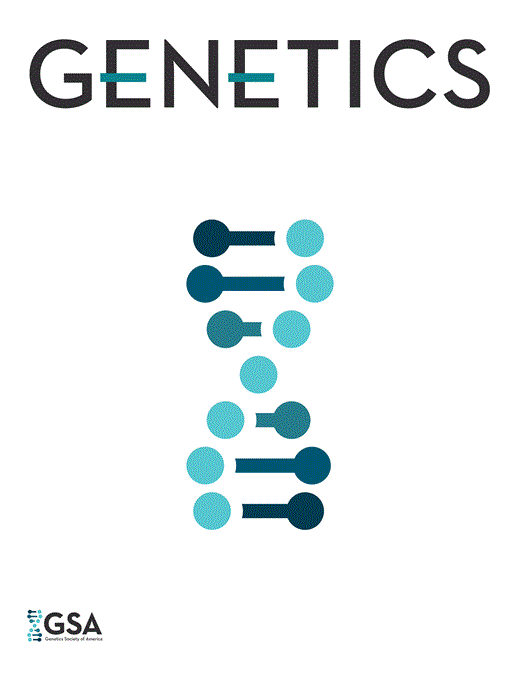-
PDF
- Split View
-
Views
-
Cite
Cite
F M Randazzo, M A Seeger, C A Huss, M A Sweeney, J K Cecil, T C Kaufman, Structural changes in the antennapedia complex of Drosophila pseudoobscura., Genetics, Volume 134, Issue 1, 1 May 1993, Pages 319–330, https://doi.org/10.1093/genetics/134.1.319
Close - Share Icon Share
Abstract
The discovery of the striking positional conservation between the Antennapedia and Bithorax homeotic gene complexes (ANT-C and BX-C) in Drosophila melanogaster and the murine Hox and human HOX clusters has had a substantial impact on our understanding of the evolution of development and its genetic regulation. Structural differences do exist among the mammalian Hox complexes and the ANT-C in D. melanogaster. To gain further insight into the evolutionary changes among these complexes, the ANT-C was cloned in the closely related species, Drosophila pseudoobscura. The overall structure of the ANT-C in D. pseudoobscura is highly similar to its D. melanogaster counterpart; however, two differences in the organization of the ANT-C have been identified. First, the z2 gene, a member of the ANT-C in D. melanogaster, is not present in the D. pseudoobscura ANT-C and is possibly absent from the D. pseudoobscura genome. Second, the orientation of the Deformed gene is inverted in D. pseudoobscura, providing it with a 5' to 3' direction of transcription identical to the remaining ANT-C homeobox genes with the exception of fushi tarazu. These differences demonstrate that subtle changes can occur in ANT-C structure during relatively short periods of evolutionary divergence, although the fundamental organization of the complex is conserved. These observations and others suggest that the complex is not absolutely rigid but that selective pressures have maintained this organization of genes for some functional reason that remains elusive.



